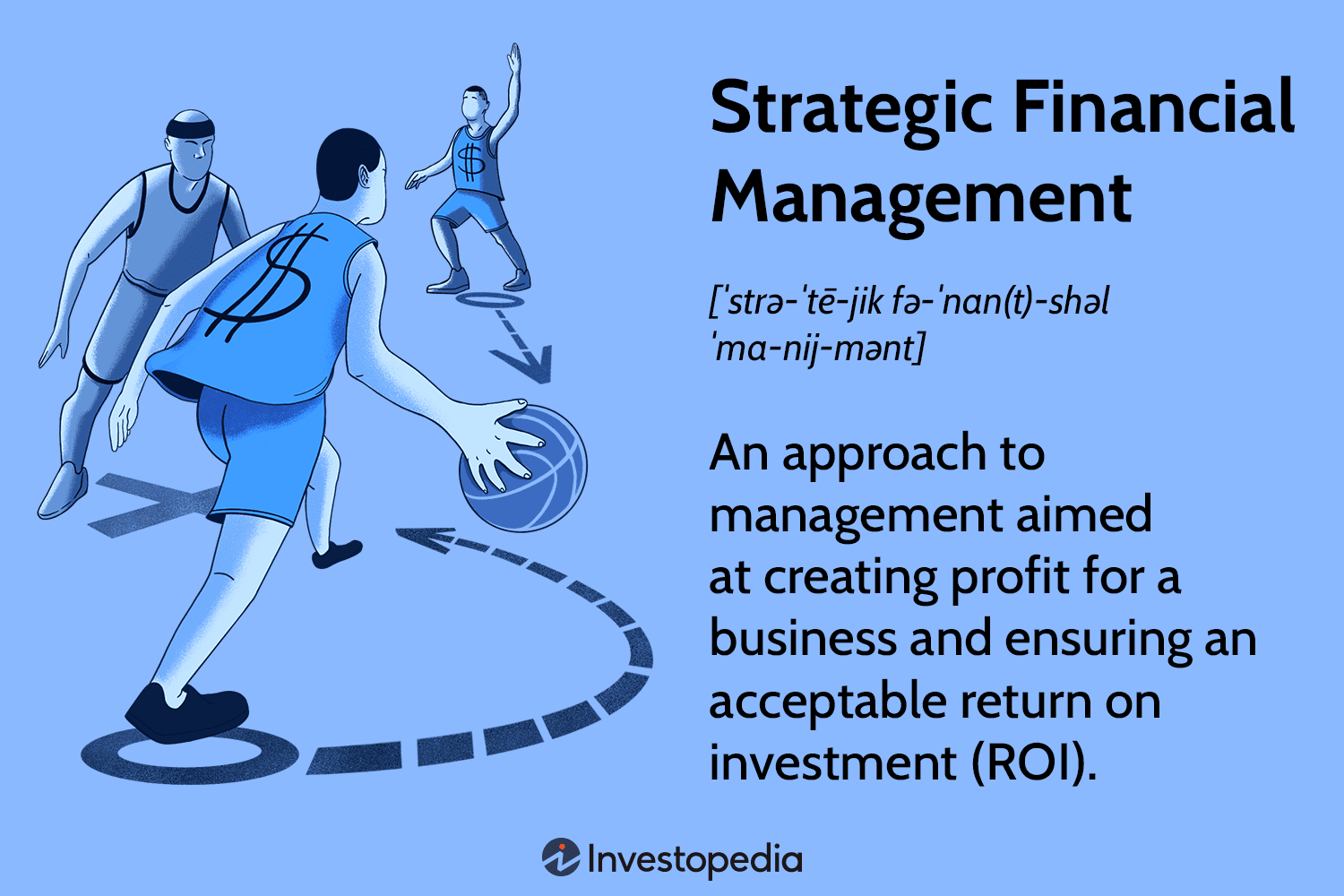In a world increasingly conscious of its environmental footprint, the fashion and textile industries are under mounting pressure to adopt more sustainable practices. The linear model of “make, use, dispose” is being replaced by a circular approach that values longevity, reuse, and regeneration. For businesses across sectors—whether retailers, manufacturers, or service providers—the shift toward textile sustainability offers both ethical credibility and economic opportunity.
The Growing Waste Challenge
The fashion industry produces over 100 billion garments annually, and a staggering amount of textile waste ends up in landfills or incinerators. According to the Ellen MacArthur Foundation, every second, the equivalent of one garbage truck of textiles is either burned or buried globally. For businesses involved in clothing production or retail, this is not only an environmental issue but also a reputational one. Consumers now demand accountability from brands—expecting transparency about sourcing, recycling, and disposal practices.
Closing the Loop
Circular fashion—an emerging model within sustainable business—focuses on designing products that stay in circulation for as long as possible. This includes using durable materials, modular designs for easy repair, and recycling programs that allow fabrics to be repurposed into new items. Companies like Patagonia and Levi’s have already set strong examples, offering repair services and take-back programs. Smaller brands and local businesses are also finding creative ways to contribute, from upcycling workshops to community exchange schemes.
Integrating Sustainability into Business Models
For businesses seeking to make a real impact, sustainability must go beyond marketing. It should influence product development, supply chain management, and customer engagement. Introducing incentives such as trade-in discounts or loyalty rewards for returning used items can drive participation in sustainable programs. Moreover, collaborating with recycling or repurposing partners helps close the loop and reduces waste.
Digital tools now make this transition easier. Data platforms can track product lifecycles, monitor carbon footprints, and even verify materials’ origins. With the right investment, businesses can turn sustainability into a measurable advantage rather than a cost burden.
Encouraging Responsible Consumer Behaviour
The journey toward sustainable textile management isn’t complete without engaging consumers. Businesses can lead by educating customers on how to properly care for garments to extend their lifespan, as well as how to responsibly dispose of them when they’re no longer wearable. For instance, retailers could include garment care tips on labels or QR codes linking to sustainability guides.
One particularly effective initiative has been community donation points and collection bins that allow customers to recycle old clothes instead of throwing them away. By positioning these efforts as part of a broader corporate responsibility strategy, companies not only reduce waste but also strengthen brand loyalty and consumer trust.
The Economic Upside
Sustainability isn’t just about saving the planet—it’s also about saving costs and generating new revenue streams. Textile recycling and upcycling can reduce material expenses while appealing to eco-conscious consumers who are often willing to pay more for responsibly produced items. Businesses that adopt circular practices early are also better positioned to meet upcoming government regulations aimed at reducing textile waste.
Furthermore, sustainability initiatives can open the door to new partnerships and certifications that elevate brand reputation and access to funding or incentives. Many organizations are already being recognized for their leadership in this area through sustainability awards and media features, further enhancing their competitive edge.
Looking Ahead
As the conversation around environmental responsibility continues to evolve, textile sustainability stands out as a crucial opportunity for businesses to make a tangible difference. Whether through innovative design, better waste management, or active consumer education, companies have the tools to reshape the future of fashion and textiles.
By taking decisive steps now, businesses can lead the charge toward a circular economy—one where waste becomes a resource, and sustainability becomes the standard rather than the exception.




